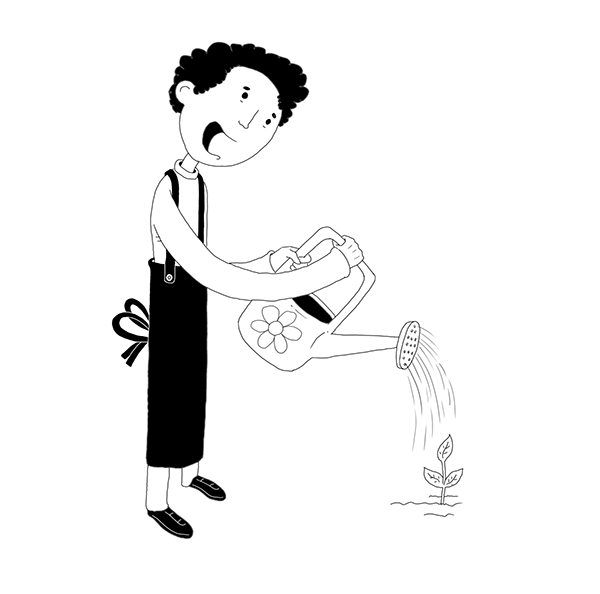How we’ve used content recycling and SEO re-optimization to boost traffic 14% with no new content
I’ve been working in content marketing for nearly a decade, and there’s always something new to learn.
Building audiences organically through search engines and social media is constantly changing, particularly in the realm of search engine optimization.
As a quick primer for this article, there are a few things to realize. First, search engines like Google love websites with a lot of high-quality content. Due to this, we’ve worked with many clients that publish daily content, Monday-Friday, and sometimes Saturdays, too.
Our best practice is to have a primary keyword phrase targeted for every article you write and publish to the Internet. This means that each article should be specially optimized for one keyword.
Of course, you may be a savvy business who chooses to have one primary keyword and a few secondary keywords per optimized article. Either way, we’re currently on the same page.
Now let’s pretend you publish your optimized article. The post is optimized for the keyword phrase “playing polyrhythms.” A couple of months pass and you’re looking at the keyword phrases your articles are ranking on. This particular article, which was optimized for “playing polyrhythms” is ranking well, but on a term completely different than what you targeted. Instead, the article is ranking on the term “examples of polyrhythm patterns.”
What would you do?
I’ve come across this scenario before, and I’ve come to learn a great technique for utilizing this information.
[Tweet “How @BuzzFarmers used #content recycling + #SEO re-optimization to boost traffic 14%”]The process of search engine re-optimization
When the above situation happens, I resort to the process of re-optimization. This means I return to the article, and increase the keyword density of the keyword the article is ranking on. I see this strategy as a way to not only boost the current ranking, but to also reinforce power of the ranking keyword phrase.
Of course, you must make a few considerations in this process. First, determine if the keyword your article is ranking on is worth a re-optimization. If the ranking is on a keyword phrase that isn’t aligned with the article, which I have experienced, then you don’t want to re-optimize for that keyword.
Also, make a determination as to whether the original keyword you optimized the article for is worth re-arranging for the new ranking term. This may be a relevant scenario, although it typically hasn’t been for me. In this case, I would take a look at the competing traffic data and the search volume for each keyword, and select a winner based on those stats.
Or I might optimize for both.
[Tweet “Have great content, but not so great SEO? Re-optimize!”]The value of search engine re-optimization
Over the past couple of months, I’ve started this process of re-optimization for a financial publisher who doesn’t wish to write new content, but leverage his existing content archive instead. This client publishes every day of the week, but the content we’re publishing is being recycled from older, evergreen content. Each published piece is getting an SEO makeover.
During this month we’ve consistently seen increased organic search traffic, even with the absence of “new” content to the site.
In fact, over the past two months we’ve seen organic website traffic increases of 14% and 9% without ever publishing any new content – only recycling and re-optimizing what already exists.
If you want to increase your organic website traffic, try this process of re-optimization and see what type of impact it may have for you. I’ve been very impressed with the results, and I think you will be too, if you approach this process with the same attention I’ve used.



